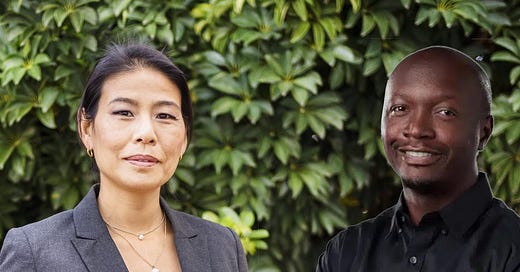5% of African AI Researchers Have Proper Compute Tools
You can take a horse to water... but what if it's dried up?
Only 5% of African AI entrepreneurs have enough compute
African tech startups met with UNDP and G7 leaders beside the lunch of the AI Hub for Sustainable Development in San Francisco in mid November. A key topic at this event was compute resources -- in particular how to get them into the hands of African AI innovators (the blog authors are Alexander Tsado, co-founder at advocacy group Alliance4ai and Ahura AI and Celina Lee, founder of Zindi, a network for AI and data scientists).
Analysis of compute usage data on Zindi estimate that only 5% of African AI talent has access to the compute resources they need.
1% are lucky enough to have powerful on-prem compute resources; the next 4% access compute in the Cloud as a paid-for service, and the remainder use a mixture of the processing power on their laptops and Google Colab — free for educational use, but very heavily limited for researchers and startups.
Basically — technologists in Africa trying to develop next-generation technologies (or just keep up with their peers in Europe, Asia and the Americas) don’t have the technology.
This is a catastrophic brake on innovation and building expertise — the report estimates that while a researcher in Europe can iterate a model every 30 minutes, an African researcher can only do so every six days.
Half an hour, versus a week. That’s so slow as to be almost an impossible task.
On the upside it means African researches have to be really smart about how they adapt their models and develop clever new tricks — but at the expense of being steadily left behind.
Possible solutions mooted by the working group are:
cheap or free credits on the global hyperscaler's platforms
or funders sponsoring equipment to be set up within our continent
The authors believe the second option is more desirable - first it brings resources and expertise in operating the hardware and network tech, and secondly it provides a vastly better bang for buck… their analysis estimates a 50% cost advantage.
(image source: composite from https://techpoint.africa and https://thehypewomen.com)




